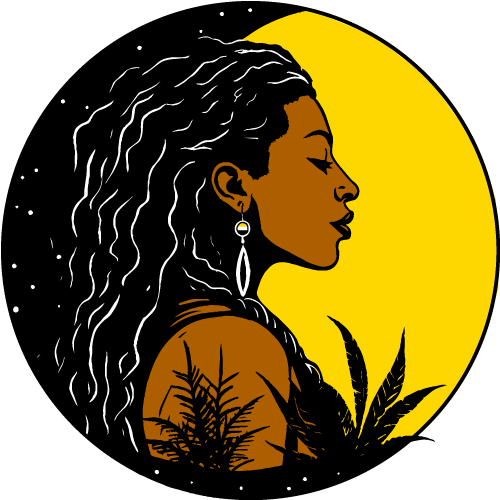Reverence of the ancestors plays a major role in the Garifuna healing system. We are one of the few Central American indigenous groups that still maintain a degree of integrity in our healing practices. Traditional healing is still the major provider of healthcare in most Garifuna villages. Present day descendants of the exiled Garifuna nation, which now number over three hundred thousand, can still be found living in the original villages, which are distributed along the Atlantic coastal regions of Belize, Honduras, Guatemala, and Nicaragua—see migration map below. There are over one hundred and fifty thousand dispersed throughout the United States, Canada, and Europe. Most all Garifuna descendants still practice or at least have some knowledge of their indigenous ceremonial healing practices. I am one of them.
Garifuna Migration Map
She used the help of ancestral spirits and the assistance of animals for her diagnoses, mostly ants and other insects. Everyone who came to see her had to urinate in a pot. The urine was then taken and poured under the huge tree under which the helper ants lived. I was her assistant, and my job was to watch the ants and tend to the urine. I would pour the urine on the side of the anthill, over to the side as to not drown or upset the ants. A small number of ants would come out first, and she would greet them as her helpers. Other ants would come out later, but she said they were just being nosy, and I was to pay no attention to them.
During the information exchange between my great grandmother and the ants, there would emerge different patterns made by the helper ants over the urine. She would talk to them in Garifuna, the Arawakian language still spoken today. She insisted it was the only language the ants understood. She would tell the ants about the person’s complaint, and we would wait patiently for the ants to respond. Somehow, from the patterns they formed and the overall behavior of the ants, she could read the illness and know what remedies to prepare for the person. She would always thank the ants before going back in the house to prepare the remedy as the ants advised.
The most popular prescription from the ants was that people eat coconut and drink lots of coconut water and bathe in the sea. If the person had a cold they would prescribe one tablespoon of coconut oil mixed with one tablespoon of honey and one tablespoon of lemon juice. Of course it was expected that all of these ingredients would be fresh. These three ingredients would be whipped with a fork until the mixture was cloudy and thick.
The person would take one tablespoon three times a day. The mixture had to be made every day, but people of that time did not mind making their own medicine. The coconut honey lemon mix was a popular remedy amongst the children because it was so sweet and tart and tasty. Sometimes the ants recommended a rub down, and were very particular about which oil to use. They would advise things like rubbing the person’s chest and hair with coconut oil or almond or rose oil or shark oil. The coconut oil was always in stock, and it was easy to make almond oil, but for the rose and shark oil we had to go into town. She consulted with the ants only on serious matters as she did not like to bother them.
“If we can find ways to cherish and develop our spiritual heritage, we will avoid the kind of alienation that is destroying society, and we will become whole again. We must encourage others, especially young people, to go back to their traditions and rediscover the jewels that are there. Learning to touch deeply the jewels of our own tradition will allow us to understand and appreciate the values of other traditions, and this will benefit everyone.”






